Gardens are never exactly the same from one year to the next.
And sometimes perennials need to be moved around in response to those changes. As a matter of fact, moving perennial flowers is quite common.
Your perennials may be showing signs that they need to relocate.
This blog will focus on reasons why perennials need to be moved, signs that perennials need a new location, options for when to move perennials during the growing season, and about perennials that hate being moved altogether.

Three Reasons for Moving a Perennial Flower
Yards change and mature over time and those changes can require some plant rearranging.
Let’s explore reasons why perennials need to be moved.
1. Garden Environmental Changes Can Mess With Perennial Flowers
Garden spaces transform through the years.
Hot, sunny yards can grow to be cool, shady spaces as that little tree in the middle of the yard, the one that you grew all those sun perennials around because there was so much hot sun streaming down on that part of the yard, grew ten times the size it was when you planted it.
And those sun perennials? Hmmm….not loving the shade. When sun perennials don’t get enough sun, their growth slows and atrophies with stretched stems and thin leaves. Their robust flowering has tapered off and their leaves yellow from lack of sun.
Shade perennials can see a shift in their world, too. The reliable shade trees die and the shade perennials are now in full sun. Shade-loving perennials that get too much light can get sun-bleached and scorched, their leaves are at risk to burn, and their growth stunts.
Now what?
They need to be moved to a place where they can thrive.
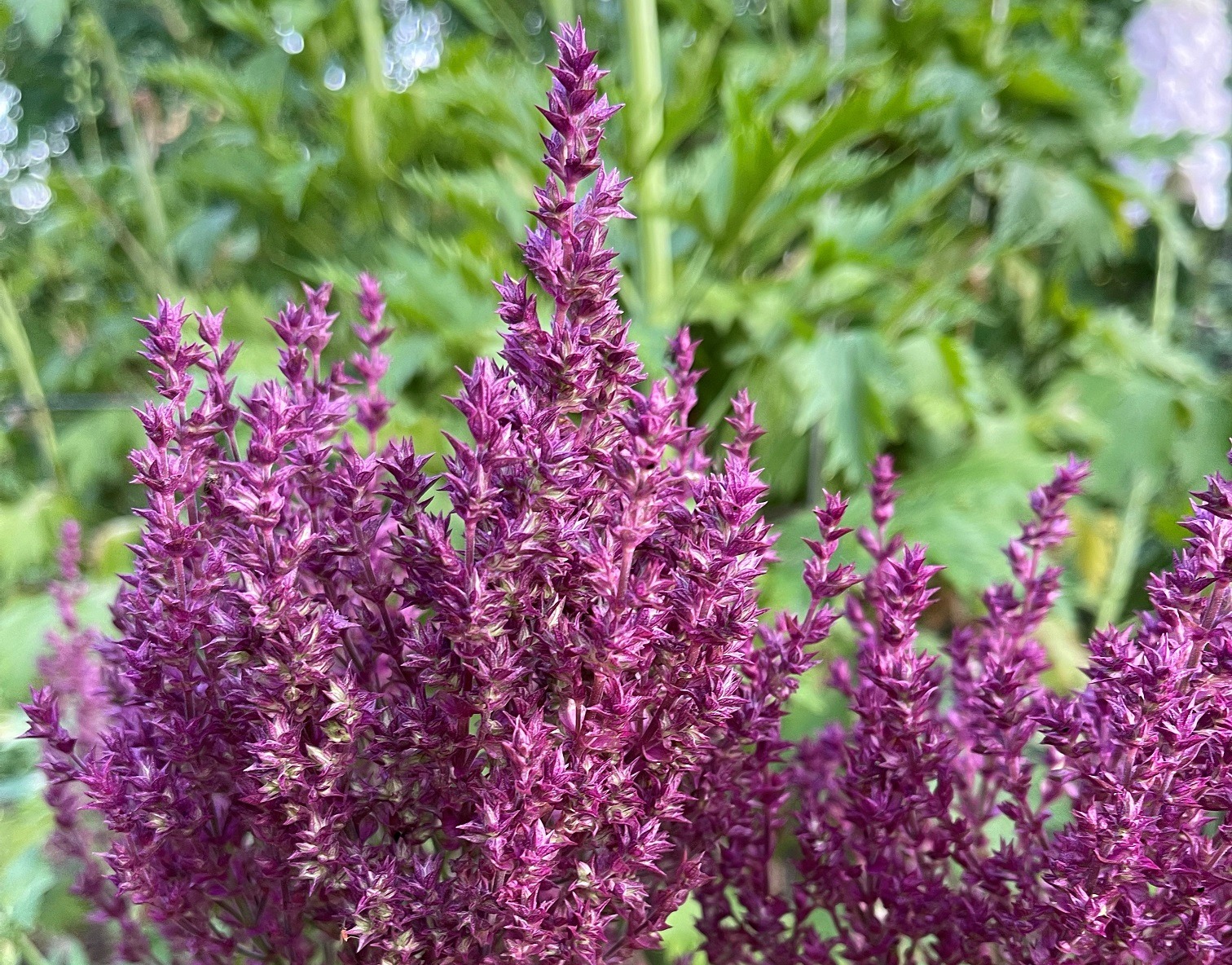
2. Perennials Need to be Moved Due to Overcrowding
It is hard to believe plant labels when they say space perennials 75 cm (2.5 feet) apart when they’re just babies.
If you’re anything like me, you planted at least two in that space. And now space is tight, and the perennials need more growing room.
Crowded plants stretch and get gangly as they compete for sunlight, whether growing in shade or sun. Water and nutrient competition result in slow growth and poor flowering.
3. Sometimes Perennials Need to be Moved Because Your Garden Needs an Edit
Garden spaces are works of art, and there are moments when gardens need to be reworked and updated.
Some perennials outgrow their location, others pair better with plant friends on the opposite side of the garden, or you are just looking for a garden refresh.
Either way, something needs to move, so let’s talk about when to do that the most effectively.
Related: A Step by Step Guide to Moving Perennials
A Little Background on Perennials
Perennials are plants that live for more than two years. Perennials are divided into two basic categories: woody perennials, and herbaceous perennials.
Woody Perennials
Woody Perennials include trees, shrubs, and vines whose structures are above the ground and continue to grow each spring from where they stopped growing before winter.
Herbaceous Perennials
Herbaceous Perennials are nonwoody plants that die back each fall, overwinter, and grow fresh from the ground each spring.
Perennials differ in cold and heat tolerances, bloom time, and sun tolerance.
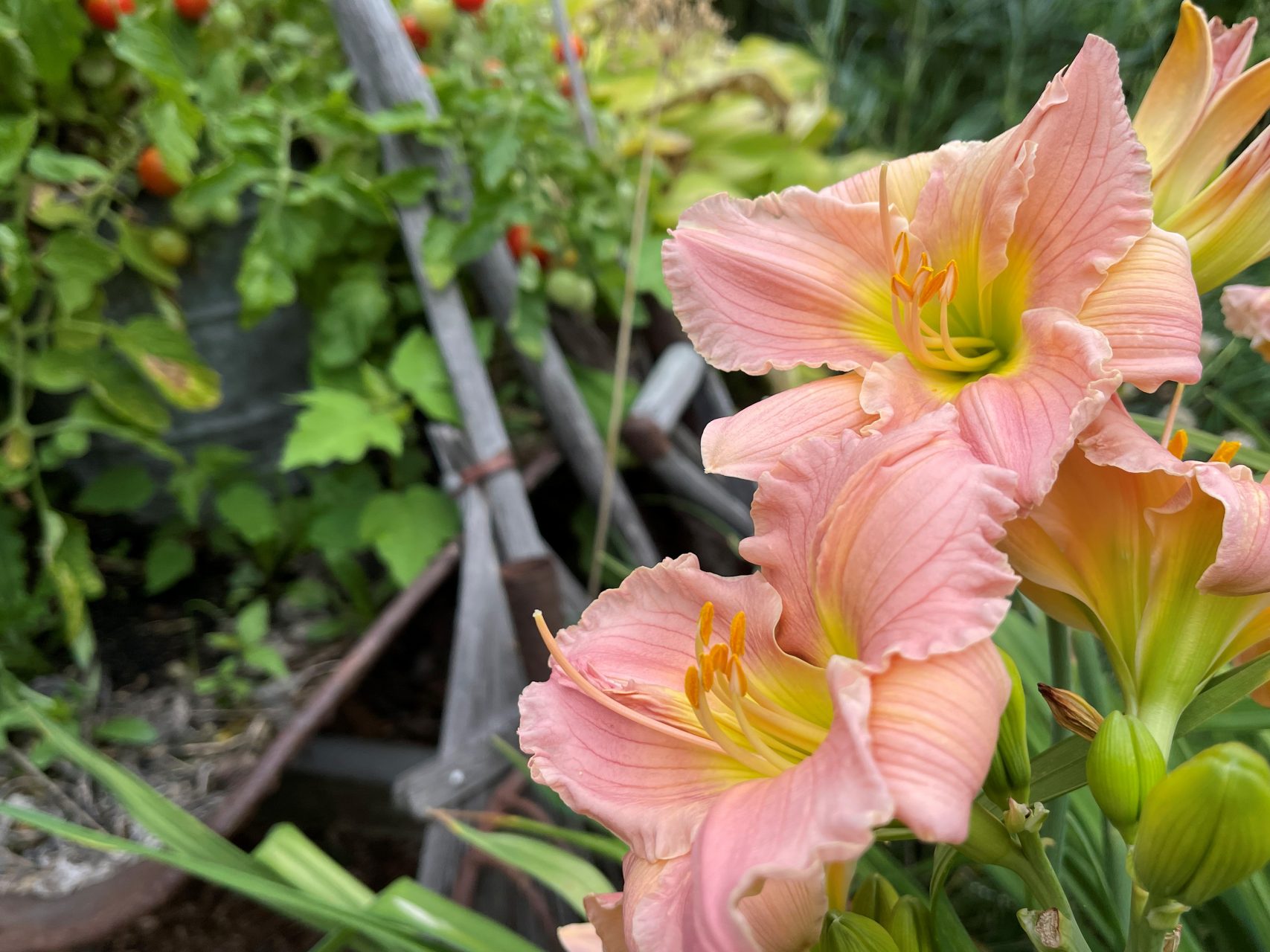
Perennial Seasons of Bloom
Perennial flowering time can play into the decision of when to move a perennial, so we’ll discuss their flowering time and how it affects when to move them.
Most perennials don’t bloom continuously, but they have a particular bloom season. The length of time that they bloom is specific to the perennial, with many flowering for 4-6 weeks.
Some perennials bloom in the spring, most flower during the summer months, and others have a later summer or early fall season of bloom.
What is the Best Time of Year to Move Perennials?
Plants are a lot like people. Just as humans don’t enjoy being uprooted and having their environments changed, neither do perennials.
Whenever plant roots are disturbed, it impacts their growing ability. Healthy, intact roots are crucial to plant survival, as is the right environment. Plants with healthy roots can die because the habitat is wrong.
There are no hard and fast rules for moving perennials, but there are a few of options for moving them:
- Perennials can be moved anytime during the growing season
- Perennials can be relocated in the fall
- Perennials can be moved to maximize flowering
Let’s talk about the options.
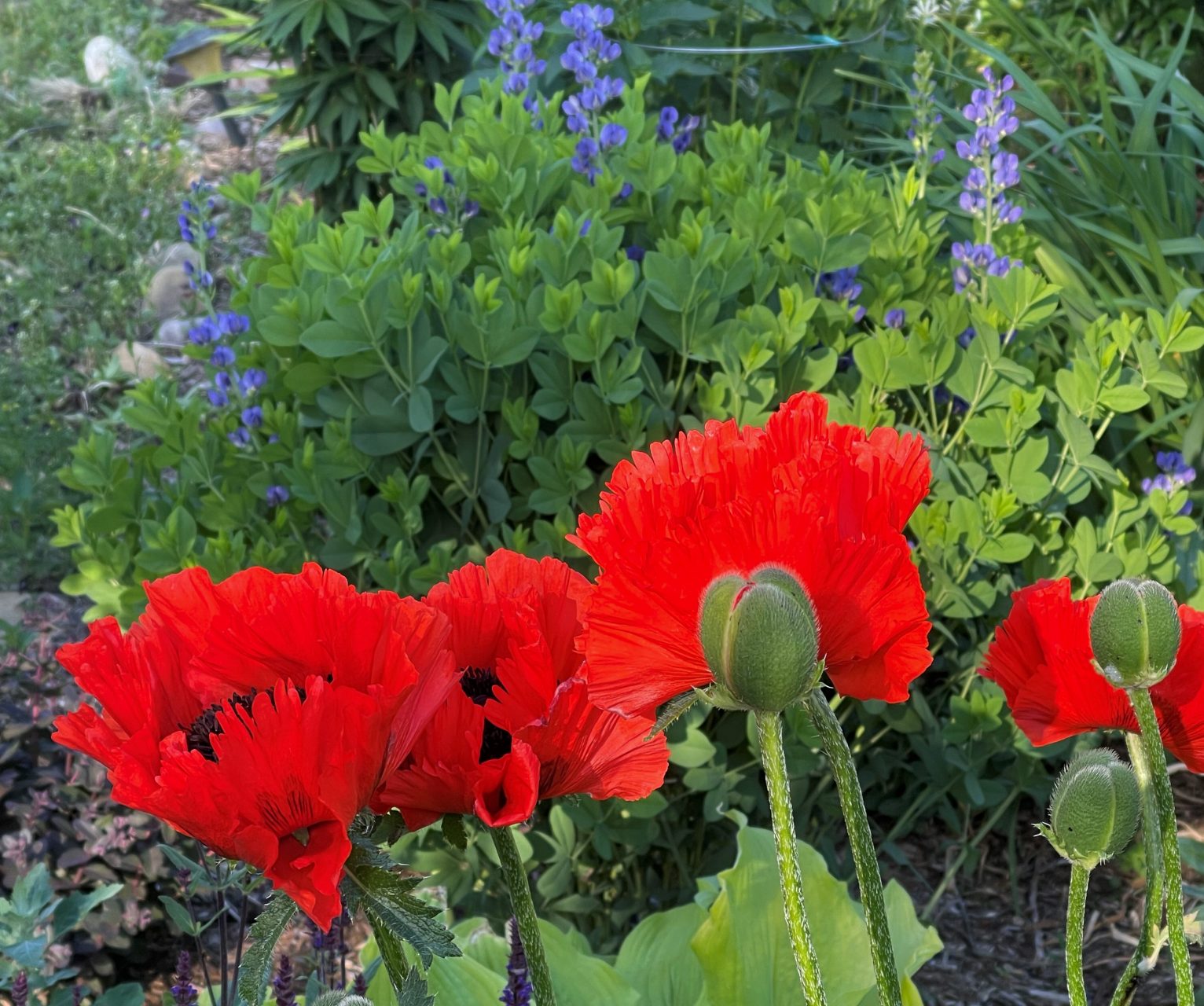
1. Moving Perennials Anytime in the Growing Season
Perennials really can be moved anytime during the growing season, and it’s good to know that we don’t need to wait around for a specific date or time.
However, there are different factors to consider during each season that affect a plant’s ability to establish new root growth.
When perennials are moved in the spring and summer, it’s important to monitor them for water stress for the duration of the growing season, especially during hot days when plant metabolism is at its max.
2. Moving Perennials in the Fall
Autumn is an ideal time to move perennials.
In the fall, day and nighttime temperatures are cooler, plant metabolism slows, and stress related to root injury is less than other times of the growing season.
The tricky part of moving perennials in the fall is to get them moved early enough for their roots to begin growing.
Early to mid-September is an excellent time to move perennials in the zone 3-4 growing zones because it gives them time to grow new roots, to prepare for winter, and to be ready for the high demands of rapid spring growth.
The downside to moving perennials in the fall is that the fall flowering perennials may not bloom because of root damage.
If the fall doesn’t work well for your gardening calendar, and you’d like to get the work done earlier in the growing season, you could move your perennials according to bloom time as described next.
3. Move Perennials to Maximize Flowering
If you would like to maximize perennial flowering in your garden, consider moving your perennials to be in sync with their season of bloom.
It’s healthy for a plant to carry out its normal physiological activities of blooming, so prioritizing blooming is good for them. However, moving at the wrong time can stop that year’s flowering.
Let’s look at the different perennial flowering categories and discuss how and when to move them.
How to Move Perennials to Maximize Flowering
When to Move Spring Blooming Perennials

Don’t be in a rush to move spring blooming perennials. Instead, savour the spring flowers, let spring perennials complete their bloom, and move them once they’re done flowering.
Deadhead the old flowers, trim the stems back a bit, and they will be ready to relocate.
One of the challenges you will face as the summer approaches is keeping the newly planted perennial well hydrated.
Common Spring Blooming Perennials (Bloom time is May-June):
- Allium (Ornamental Onion)
- Phlox (Creeping Phlox)
- Primula (Primrose)
- Pulsatilla (Prairie Crocus)
- Saxifraga (Saxifrage)
When to Move Summer Blooming Perennials

Summer blooming perennials are divided into early summer bloomers and mid-summer bloomers.
Treat early summer blooming perennials like the spring bloomers and wait for them to finish flowering.
Common Early Summer Bloomers (Bloom time is early to mid-July):
- Aquilegia (Columbine)
- Asiatic Lilies (Lilies)
- Delphiniums (Delphiniums)
- Iris (Iris)
- Papaver (Poppy)
- Salvia (Perennial Sage)
For the mid-summer bloomers, like Daylilies or Gaillardia, move them in spring, around the middle to the end of June, before it has flowered with the hope that the plant has time to establish and hopefully bloom later.
Common Mid Summer Bloomers (Bloom time is late July – early August):
- Hemerocallis (Daylilies)
- Limonium (Sea Lavender)
- Leucanthemum (Shasta Daisy)
- Sedum (Stonecrop)
- Veronica (Speedwell)
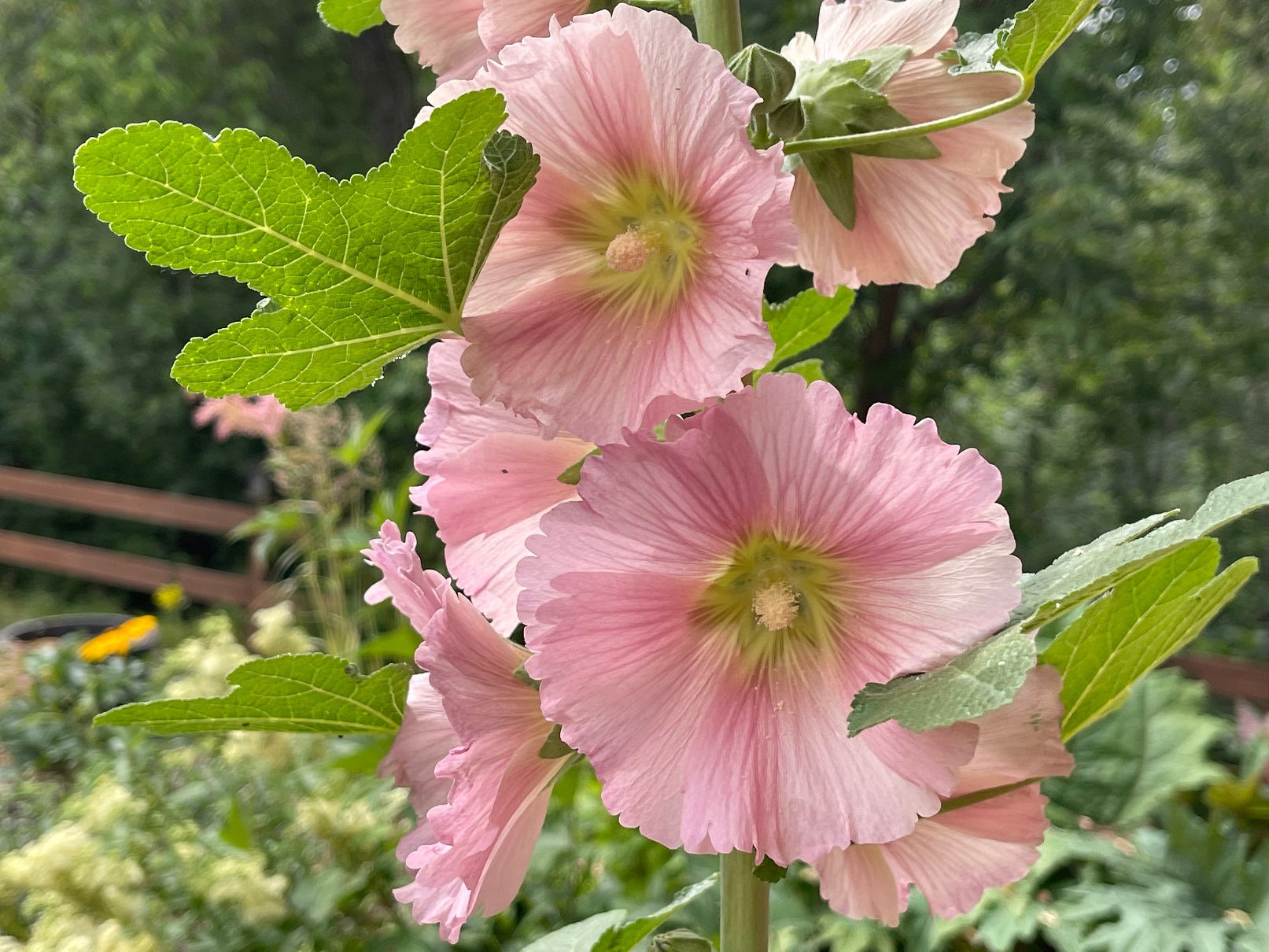
When to Move Late Summer or Fall Blooming Perennials
Fall blooming perennials typically begin to bloom towards the middle or end of August, and they are in their full glory at the beginning of September.
Move fall blooming perennials in the spring, from the middle to the end of June, so they can establish their roots to bloom at their regular time.
Common Fall Blooming Perennials (Bloom time is mid-August to early September):
- Asters (Aster)
- Actaea / Cimicifuga (Black Cohosh, Bugbane)
- Chrysanthemum (Fall Blooming Mums)
- Eupatorium (Joe Pye Weed)
- Fall Blooming Sedum (Stonecrop)
- Solidago (Goldenrod)
When to Move Ever-Blooming Perennials
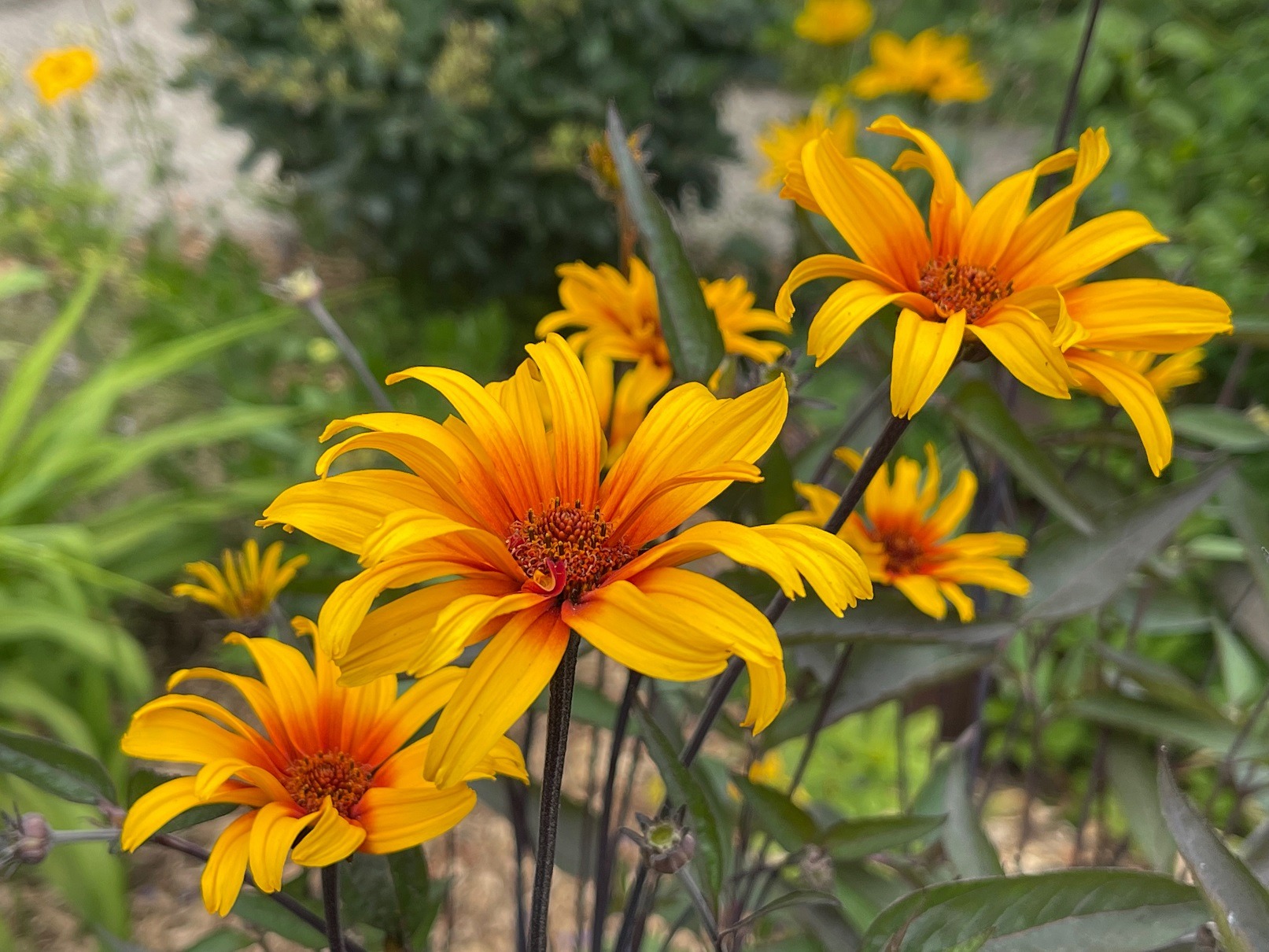
Ever-blooming perennials are a group of perennials that continue to bloom until frost once they get started. They usually start flowering in the middle of July, so I recommend that you move ever-blooming perennials in the spring, as with the mid-summer group, if the fall won’t work.
A spring move may delay their blooming, but once they get going, they will keep flowering.
Common Ever-Blooming Perennials
- Achillea (Yarrow)
- Baptisia (False Indigo)
- Dicentra (Fernleaf Bleeding Heart)
- Echinacea (Cone Flower)
- Gaillardia (Blanket Flower)
- Geranium (Perennial Geranium)
- Heliopsis (False Sunflower)
Perennials that Hate Being Moved
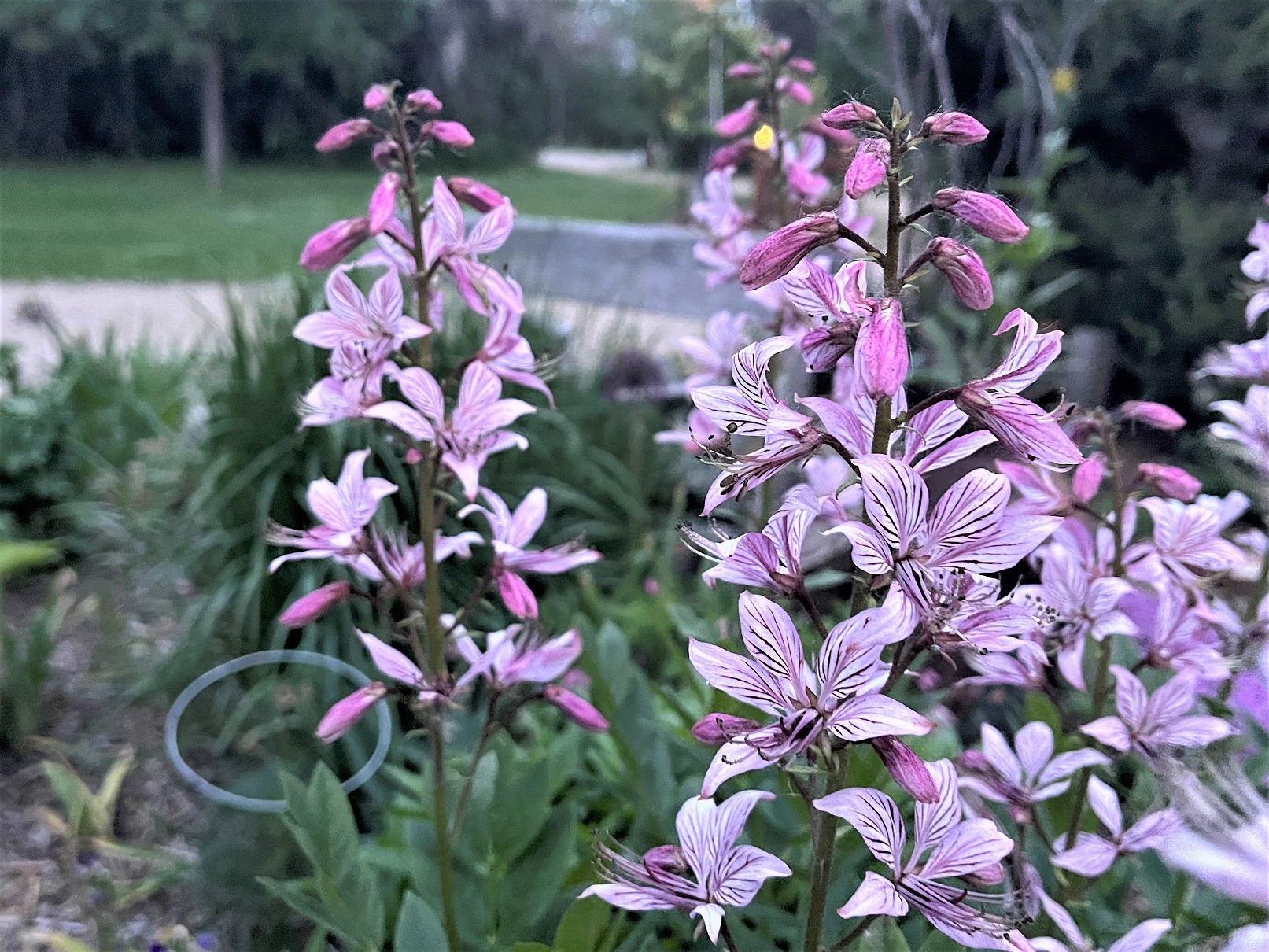
This is a group of perennials that are a little harder to establish. These perennials typically have deep tap roots that often sustain substantial root damage when they are dug up.
Move tap rooted perennials in the fall for the best success. Be as kind and gentle as you can when working with their roots.
Perennials with Deep Tap Roots
- Alcea (Hollyhocks)
- Dicentra (Bleeding Hearts)
- Dictamnus (Gas Plant)
- Echinops (Globe Thistle)
- Eryngium (Sea Holly)
- Euphorbia Polychroma (Cushion Spurge)
- Limonium (Sea Lavender)
- Peonies (Peony)
In Conclusion
Gardens are dynamic, changing spaces as the years come and go. With the right timing and with gentle hands, you can move perennials successfully so they thrive and continue to grace your garden with colour and joy.
©Sharon Wallish Murphy ©Gardening with Sharon































